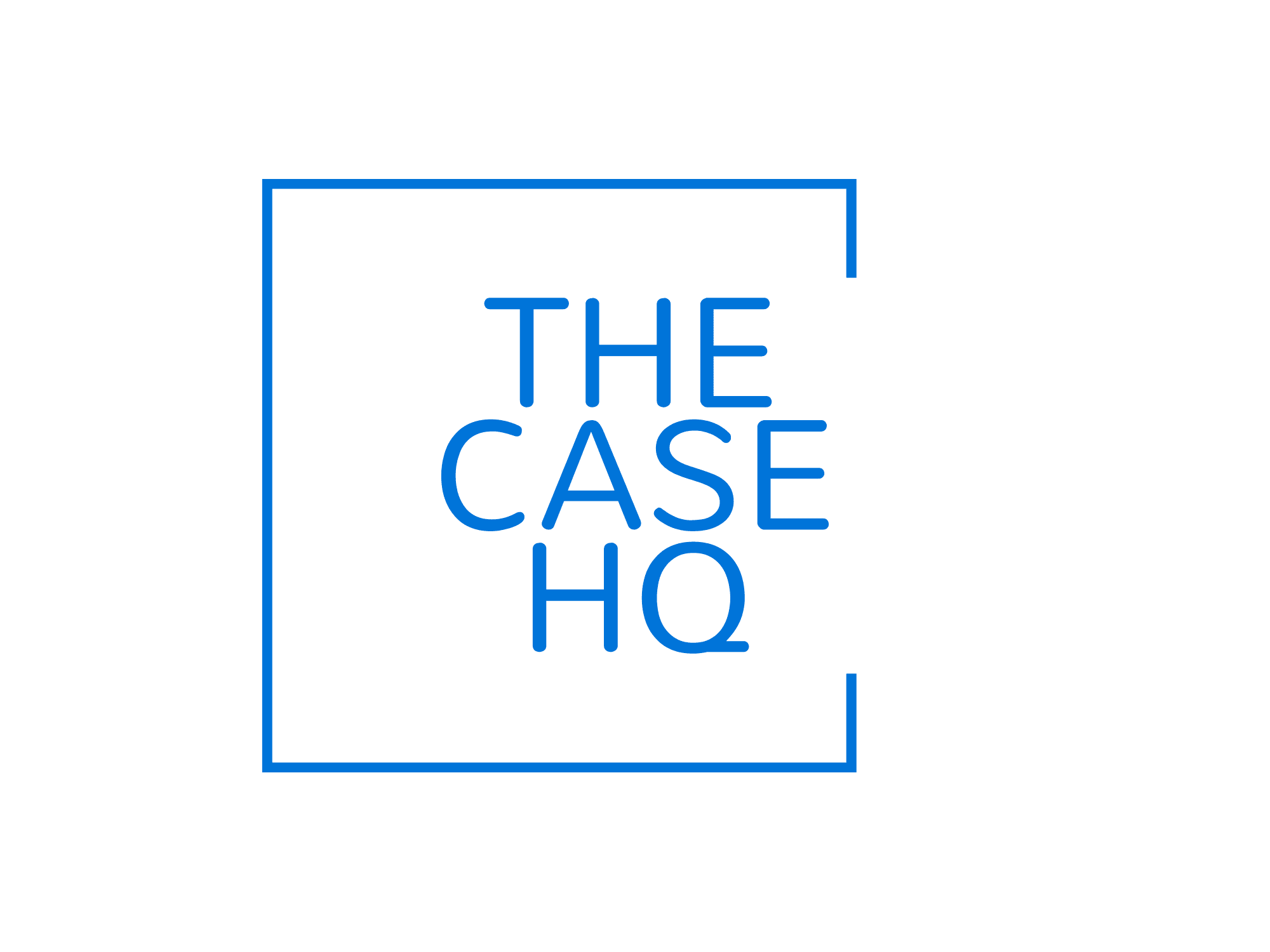What is the primary purpose of the Certified Chief AI Officer (CAIO) program?
The CAIO program is designed to equip senior executives, strategists, and advisors with the necessary leadership competencies, frameworks, and decision-making tools to lead AI initiatives at the highest levels of an organization. Its core purpose is to bridge the gap between AI technology and business strategy, ensuring that AI adoption is aligned with organizational goals, ethically managed, compliant with regulations, and drives competitive advantage and growth. It’s for leaders who want to own the AI agenda, rather than just manage the technology.
How does the CAIO role differ from traditional technology leadership positions like a CIO or CTO?
Unlike CIOs (Chief Information Officers) or CTOs (Chief Technology Officers) who primarily focus on the technical implementation and infrastructure of technology, a CAIO’s role is more strategic and holistic. A CAIO is tasked with aligning AI with overall business strategy, ensuring regulatory compliance, managing organizational risks associated with AI, and embedding ethical practices into every stage of AI adoption. They balance opportunity with accountability, innovation with governance, and digital transformation with workforce trust, focusing on the broader impact and strategic direction of AI within the enterprise.
What kind of content and learning resources does the CAIO certification offer?
The CAIO certification offers a comprehensive suite of learning resources tailored for executives. This includes 12 core modules with 36 executive lessons covering AI strategy, risk, governance, workforce planning, and communication. It provides practical application through 24 boardroom-style case studies and 20 industry-specific cases. Participants also receive 66 practical executive templates and toolkits, such as ROI calculators and risk registers, and 10 bonus industry-specific playbooks for sectors like finance, healthcare, and manufacturing, offering specialized lessons and tools.
Who is the ideal candidate for the Certified Chief AI Officer program?
The program is designed for a broad range of senior professionals. This includes existing C-suite leaders and senior executives (CIOs, CTOs, COOs, strategists) looking to expand into AI leadership, consultants and advisors guiding organizations through AI adoption and governance challenges, enterprise leaders responsible for aligning AI initiatives with corporate strategy, and policy and governance leaders involved in shaping frameworks for ethical and responsible AI deployment. It targets individuals who need a strategic, rather than technical, understanding of AI.
What key skills and knowledge will participants master upon completing the CAIO program?
Upon completion, participants will master several critical executive-level skills. They will be able to develop enterprise-wide AI strategies aligned with business objectives, establish robust AI governance and compliance frameworks, lead cross-functional AI adoption while managing resistance, evaluate AI investments using financial models and KPIs, build comprehensive AI workforce strategies (including reskilling and human-AI collaboration), and effectively influence board-level stakeholders with strategic AI insights. They will also gain the ability to apply industry-specific AI playbooks across diverse sectors.
Why is the role of a Certified Chief AI Officer becoming increasingly critical now?
The role is critical now due to several converging factors: the rapid acceleration of global AI regulation, the increasing awareness of ethical risks associated with AI, and intense competitive pressure forcing organizations to embed AI effectively. Organizations with certified CAIOs will gain a clear advantage by ensuring AI aligns with strategy, maintains compliance, builds long-term trust, and drives profitability. The demand stems from the understanding that every organization is becoming an AI organization, requiring responsible, strategic, and profitable leadership in AI.
What specific challenges does a CAIO help an organization address?
A CAIO helps organizations address critical challenges such as developing a coherent, enterprise-wide AI strategy, navigating the complex landscape of AI regulation and compliance, managing the inherent risks (ethical, operational, reputational) of AI deployment, fostering successful cross-functional AI adoption, and evaluating the true return on investment for AI initiatives. They also play a crucial role in building trust, both internally within the workforce (e.g., through reskilling and human-AI collaboration) and externally with stakeholders, by ensuring fairness and transparency in AI systems.
What is the ultimate value proposition of becoming a Certified Chief AI Officer?
The ultimate value proposition of becoming a Certified Chief AI Officer is demonstrating executive-level competence in leading AI responsibly, strategically, and profitably at an enterprise scale. The certification signals to boards, employers, and clients that the individual possesses not just technical knowledge, but the strategic foresight, governance expertise, and leadership capabilities required to navigate the complexities of AI transformation. It positions the CAIO as a crucial leader for ensuring long-term success, compliance, and competitive advantage in an AI-driven world.
